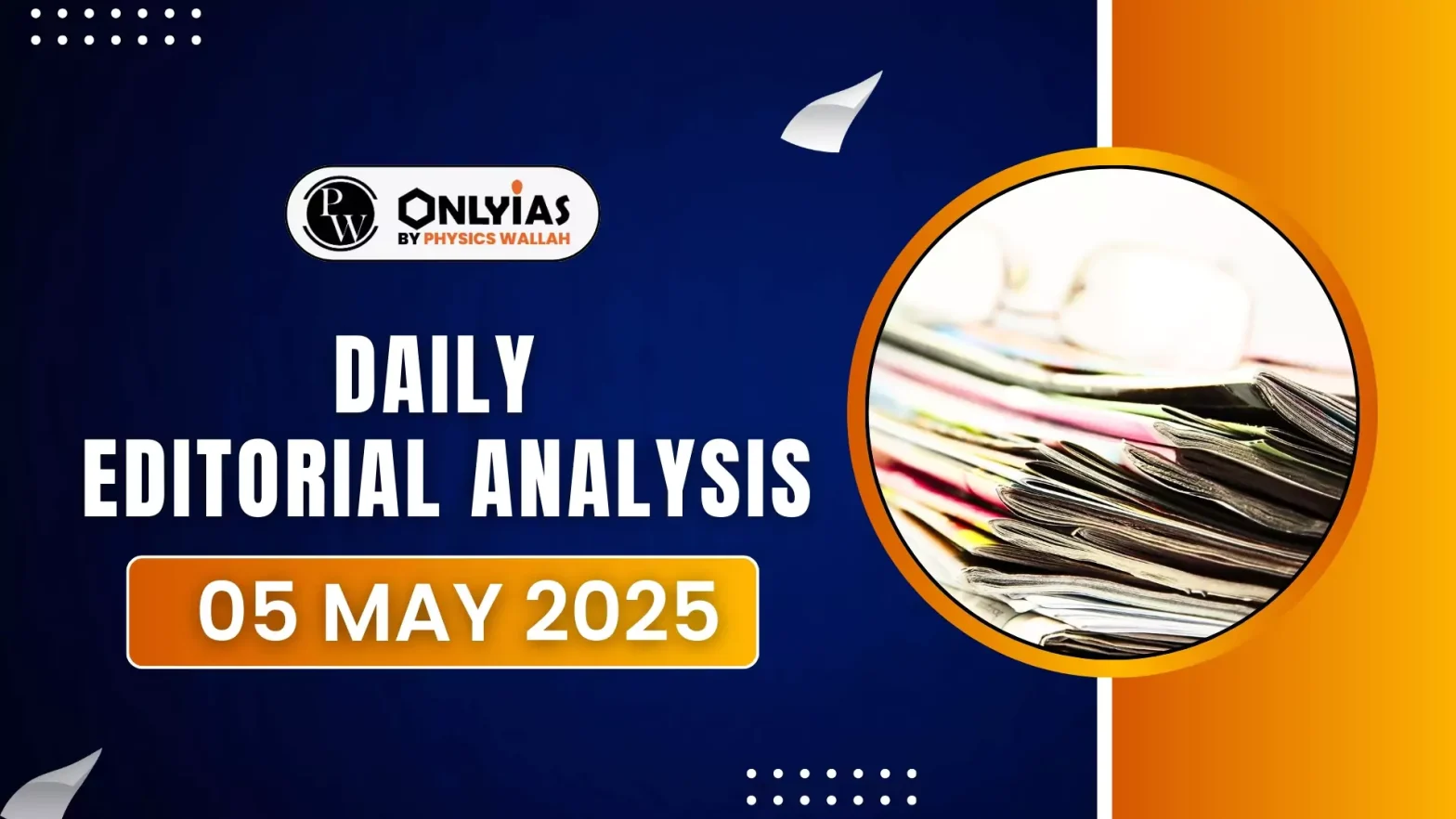India’s approach to foreign aid has been ambivalent — sometimes welcoming, sometimes rejecting. Current global trends, especially U.S. withdrawal under Trump and possible European follow-ups, signal a decline in official aid globally.
Foreign Aid
- Refers: Help from one country to another.
- Types: Official Development Assistance & Private Aid, that is aimed at development, disaster relief, health, etc.
- Recipients: Governments & NGOs.
India’s Shift from Aid to Investment
- Post-Independence Strategy for Development: India accepted aid post-Independence for progress.
- Changing Global Perception of India: India is no longer viewed by the West as a typical aid-receiving nation due to:
- High economic growth
- Aspirations of becoming the fifth largest economy by 2047
- Political and religious shifts within the country
- Post-independence: India actively sought aid, mainly through the government.
- Peak aid Period: 1955–1965, largely from Western nations.
Decline in Official Development Aid
- Long-Term Decline in Foreign Aid: Continuous decline in official development aid since the 1970s.
- Economic Growth Reduces Aid Dependence: Post-1990, Official Development Assistance (ODA) became insignificant due to economic growth.
- Shift Toward Investment and Partnerships: Present-day India seeks FDI and global cooperation over traditional aid.
Impact on NGOs and Private Aid
- Unequal Impact of Aid Decline: Decline in aid has greater implications for NGOs than for the government.
- Role of NGOs in Governance: NGOs fill critical gaps in governance and act as accountability agents.
- Traditional Funding Sources for NGOs: Main funding sources since the 1960s- government grants and foreign aid.
- Rise of CSR as a Funding Source: CSR contributions became significant only after 2013.
Recent Trends in Foreign NGO Funding
- Recent Foreign Aid Trends for NGOs: NGOs received ₹88,882 crore in foreign aid (2017–2022), but inflows are declining.
- Regulatory Barriers to Foreign Funding: FCRA restrictions and changing regulations are key deterrents:
- Law passed in 1976; amended multiple times (2010, 2011, 2020, 2023, 2024).
- Increasingly stringent compliance rules; many NGOs lost registration.
Government’s Ambivalence and Restrictions
- Historical Distrust Toward NGOs: Official suspicion of NGOs dates back to the pre-Emergency era (1975).
- Allegations of Foreign Interference: Government blames the “foreign hand” for anti-national activities:
- Religious conversions
- Environmental protests
- Anti-government policy opposition
- Restriction of Foreign Philanthropy: Private donors like the Soros Foundation have also been discouraged.
Consequences of Foreign Aid Decline
- Visible in: Reduction in foreign aid could lead to:
- Unemployment in NGO sector
- Unfinished or stalled development projects
- Reduced global collaboration (e.g., HIV programs)
- Weakening of watchdog functions of NGOs
- Value of Foreign Aid Despite Limitations: Despite drawbacks, foreign aid provided flexibility, innovation, and global perspectives.
Conclusion
India has transitioned from an aid receiver to a partner, but NGOs still need support for social development. While self-reliance is vital, completely cutting off foreign aid could harm national interests, weakening NGOs’ capacity to challenge, innovate, and support vulnerable groups.
![]() 5 May 2025
5 May 2025
